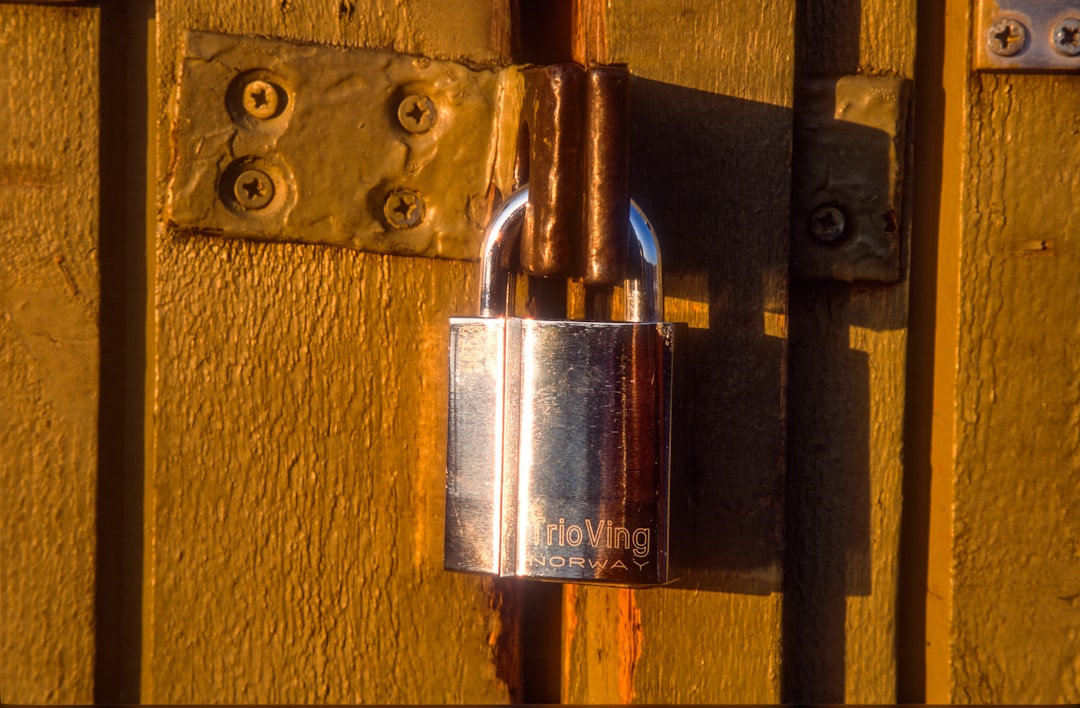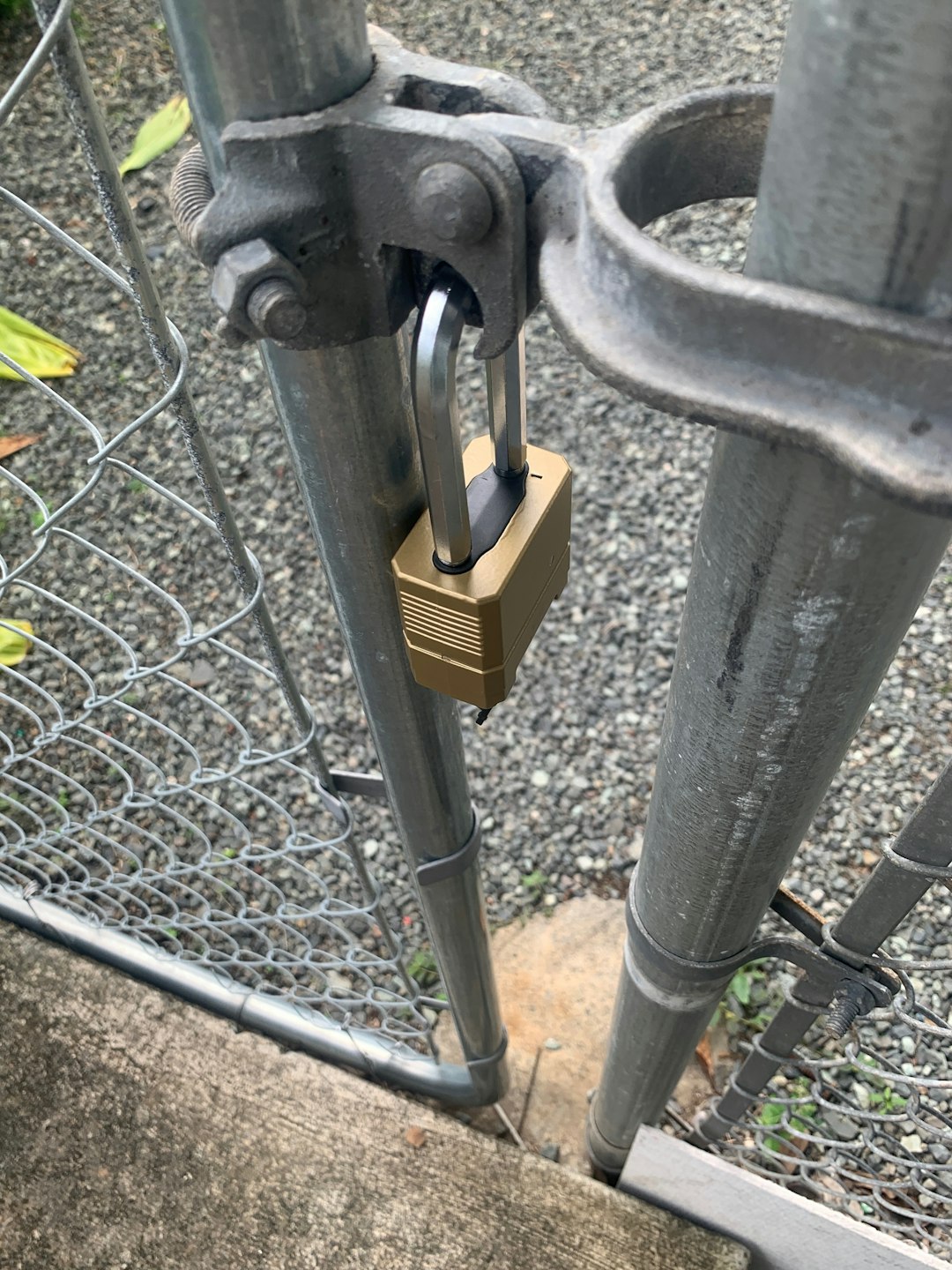As technology continues to evolve, so does the way people secure their homes and businesses. One of the most transformative innovations in home security has been the rise of smart locks. These cutting-edge devices merge convenience with safety, harnessing wireless technologies and eliminating the need for traditional metal keys. Whether controlled by an app, keypad, fingerprint, or voice command, smart locks provide an innovative way to manage and monitor access to property. Understanding how to properly set up these devices and prepare for potential emergency scenarios is essential for getting the most out of their benefits.
What is a Smart Lock?
A smart lock is a keyless door lock that allows users to unlock or lock their door using an electronic device like a smartphone or tablet. Many smart locks offer remote access, enabling users to control entry from any location. They often integrate with home automation systems, allowing for voice command compatibility with platforms such as Amazon Alexa, Google Assistant, or Apple HomeKit.
Unlike traditional locks, smart locks provide detailed access logs, temporary keys for guests, and customization features to tailor security needs. However, as advanced as they are, smart locks require thoughtful installation and an emergency contingency plan.
Steps for Setting Up a Smart Lock
Installing a smart lock is generally straightforward, but precise execution ensures it functions properly and securely. Here are the common steps involved:
- Choose the Right Smart Lock: Depending on your door type and security preferences, choose a lock that offers compatibility with your home’s system and desired features.
- Remove the Existing Lock: Use a screwdriver to take out the old deadbolt mechanism and any associated hardware.
- Install the Smart Lock: Follow the manufacturer’s guide, aligning the internal mechanisms and external keypad (if included). Most systems are designed for simple DIY installation.
- Connect to Wi-Fi or Bluetooth: Configure the smart lock with your smartphone using the brand’s app and link it to your Wi-Fi or Bluetooth, ensuring stable connectivity.
- Set Access Permissions: Add user profiles, assign guest access, and define the method of entry—PIN, fingerprint, mobile app, etc.
- Test the Lock: Confirm that the lock works from both inside and outside the house and remotely via the app.

Features to Consider During Setup
Some smart locks come with a wide range of features that can greatly enhance convenience and control:
- Auto-lock and Auto-unlock: The lock can sense when the authorized user approaches or leaves and act accordingly.
- Integration with Security Systems: Many locks sync with doorbell cameras, alarms, and motion detectors.
- Notifications: Real-time alerts let users know when someone enters or exits.
- Remote Access: Ideal for travelers or Airbnb hosts who need to grant access from afar.
Emergency Access Planning
One of the most important aspects of using a smart lock is preparing for unexpected scenarios such as device failure, internet outage, or a dead battery. Here’s how to ensure you’re never locked out when technology falters:
1. Backup Entry Methods
- Physical Key: Some smart locks include a hidden keyhole for manual access. Store the backup key in a secure, outside location like a lockbox.
- Backup Power Sources: Choose models with emergency charging ports or consider pairing with a 9V battery terminal that temporarily energizes the system.
2. Wireless Redundancies
- Ensure that the lock supports both Wi-Fi and Bluetooth so that local access is possible even if your Wi-Fi is down.
3. Multiple User Access
- Allow trusted family or friends to also have access through their devices or PINs. This ensures someone else can help in case of an emergency.
4. Mobile Power Alerts
- Many smart locks notify users in advance when batteries are running low. Make it a habit to recharge or replace batteries ahead of time.

When to Call Tech Support
If the smart lock isn’t responding to the app, doesn’t lock properly, or behaves erratically, it might be time to reach out for help. Most brands offer 24/7 customer support and firmware updates through the app. Additionally, check community forums or YouTube tutorials for quick fixes from other users.
Benefits of Smart Locks
The shift toward smart locking systems is more than a trend—it’s a meaningful improvement in security, convenience, and peace of mind. Benefits include:
- Keyless Convenience: Never worry about losing or duplicating keys again.
- Remote Monitoring: Know who’s coming and going from anywhere in the world.
- Custom Access Control: Temporary digital keys can be given to guests, workers, or house sitters.
- Smart Integration: Sync with home automation systems for maximum efficiency.
Maintain and Monitor Your Smart Lock
Just like any device, smart locks require occasional maintenance. Regularly check the battery level, clean the keypads or sensors, and install software updates to keep your smart lock secure and functional. Also, refer to manufacturer guidelines for firmware upgrades that fix bugs or improve security protocols.

Conclusion
Smart locks are revolutionizing modern security by offering flexibility, control, and peace of mind. However, to get the most out of this technology, proper setup and an emergency access plan are crucial. Choose a lock that suits your needs, follow setup instructions precisely, regularly maintain it, and always have a backup plan for emergencies. With thoughtful integration, a smart lock can seamlessly enhance your daily life while keeping intruders at bay.
Frequently Asked Questions (FAQ)
- Q: Do smart locks work if the internet goes down?
A: Yes, most smart locks retain Bluetooth or offline access methods that allow users to control the lock within a short range. However, remote features won’t work without the internet. - Q: Can I still use a physical key with a smart lock?
A: Many smart locks include a hidden keyhole or backup key option. Check the specifications of the model you choose. - Q: How secure are smart locks compared to traditional locks?
A: Smart locks offer comparable—if not superior—security due to features like encryption, time-stamped access logs, and multi-factor authentication. However, they must be properly configured to avoid vulnerabilities. - Q: What happens when the smart lock battery dies?
A: Most locks provide alerts as the battery nears depletion. Some also offer emergency charging options via 9V batteries or override keys. - Q: Can I integrate my smart lock with a home assistant?
A: Absolutely. Most smart locks are compatible with platforms like Alexa, Google Assistant, and Apple HomeKit to allow voice commands and full smart home integration.
